(1237 products available)














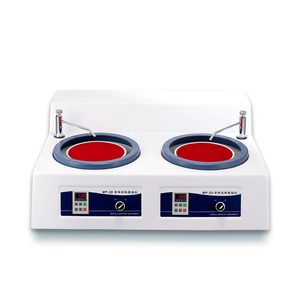


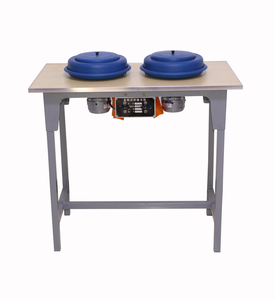








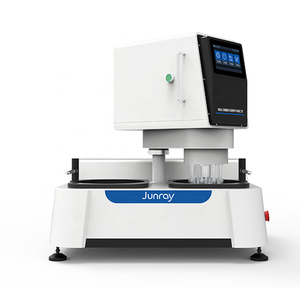




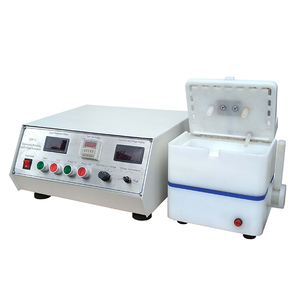







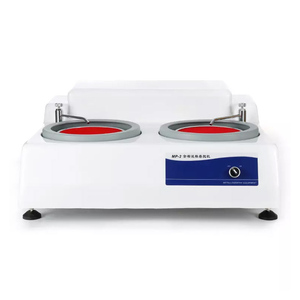
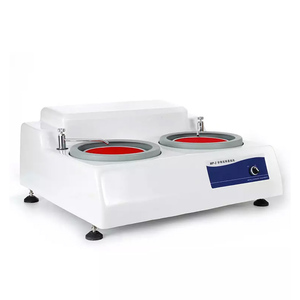

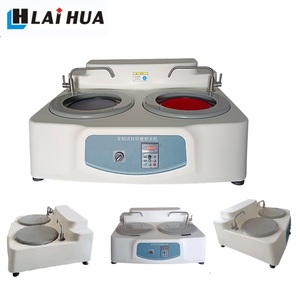





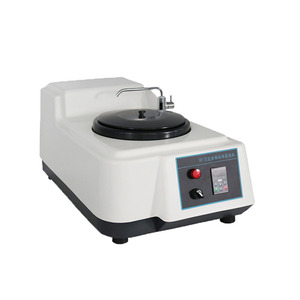

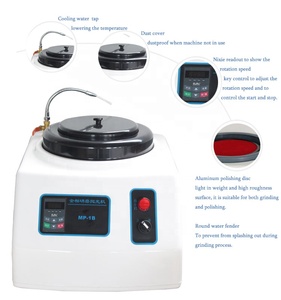











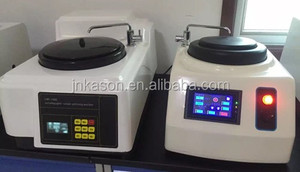


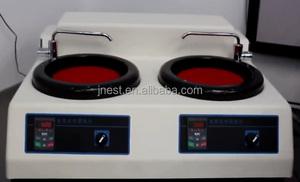

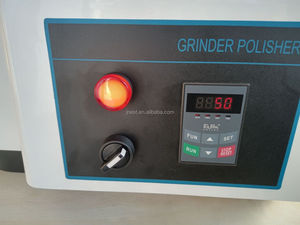







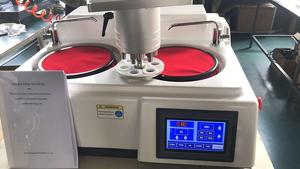



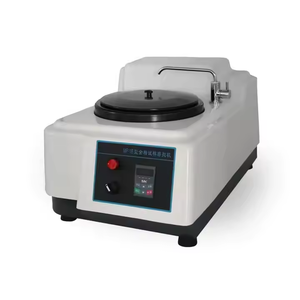










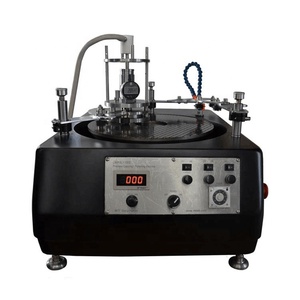


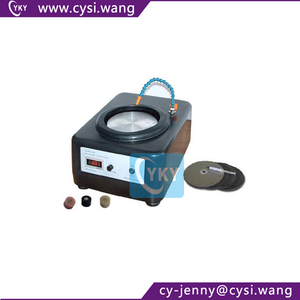







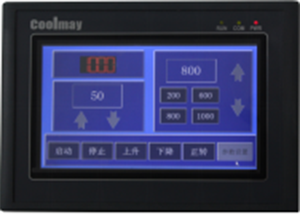





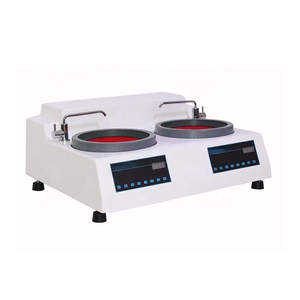

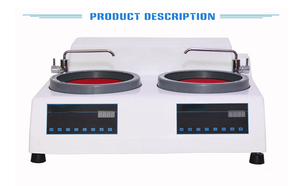







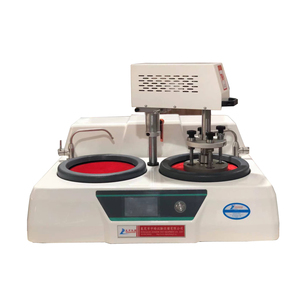

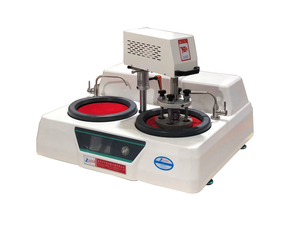

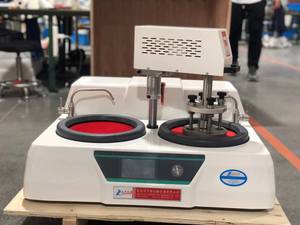



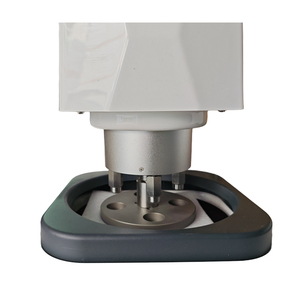
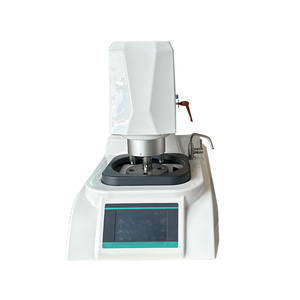



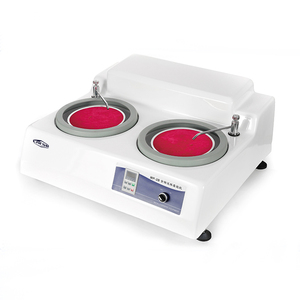
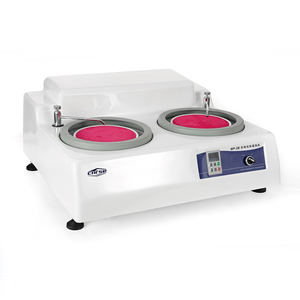
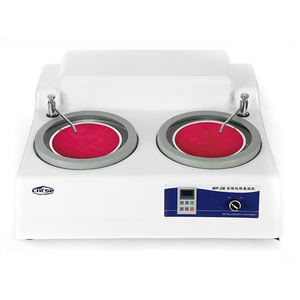

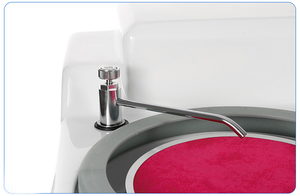


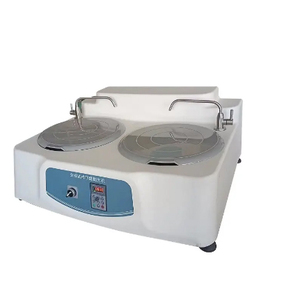

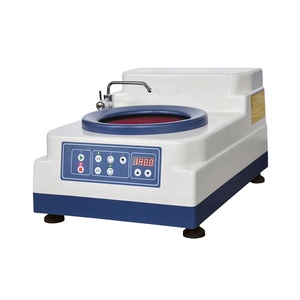

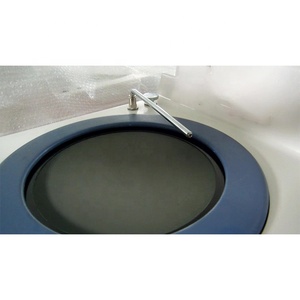








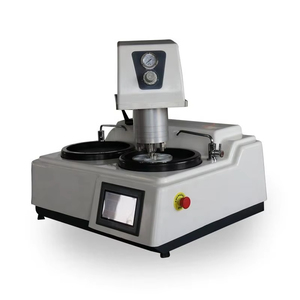
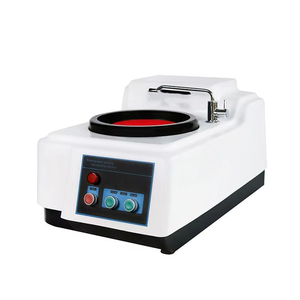


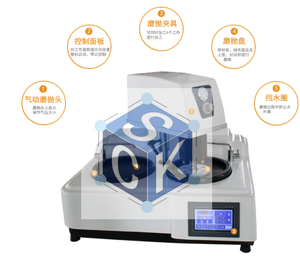

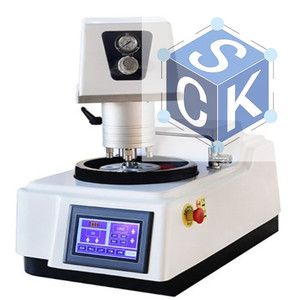
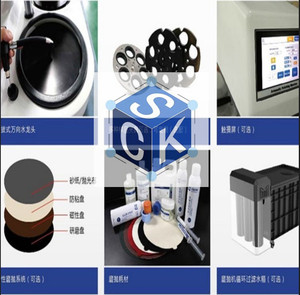



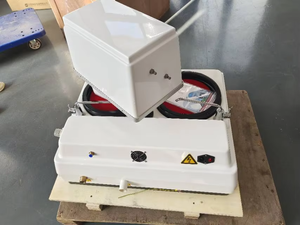

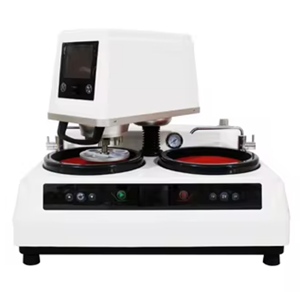


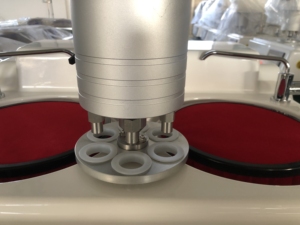




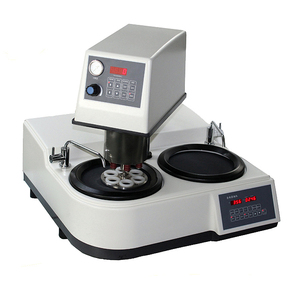
Various kinds of metallographic polishing machines for samples exist in the operating markets, each intended to meet the needs of different levels of operation and precision. These different types are based on the mechanical power source and the process' degree of automation.
Metallographic sample preparation machines are small and run manually, with users controlling the polishing process, the publishing pressure, the publishing speed, and the publishing duration undergoing total manual operation. When it comes to this kind of publishing, a high degree of flexibility manifests since the operators can change the different parameters according to each of the materials to be published. However, manual polishing is more time-consuming and less efficient than automated processes in case the volume of samples is immense.
Polishing machines for metallographic samples that operate automatically have the capacity to automate several processes related to polishing, such as the polishing duration, polishing velocity, and load-related features. Such machines provide huge efficiency to the working process because of their potential for continuous running and precision functioning. Practically, these machines are quite useful in laboratories and industries where a great number of samples require preparation.
Semi-automatic machines meet both ends of the totally automatic and manual operations by allowing some degree of automation alongside manual interventions where necessary. While in certain aspects, they bring automation, some flexibility is still within the limits of the operations. Semi-automatic polishing machines are advantageous for users who do not have the luxury of time but, at the same time, do not want to completely forgo control over the polishing procedure.
When speaking of single-stage polishing machines, such devices fix and concentrate on one polishing operation, whether it is mechanical or chemical. Though these machines present simplicity in operations, the limitations are regarding their capabilities, that is, in terms polishing could not be thorough.
If one mentioned multi-stage polishing machines, the machines would carry out polishing in more than one stage, that is, an initial coarser stage to a finer one, perhaps incorporating chemical etchants between polishing as well. They provide a greater degree of flexibility and functionality concerning sample preparation by allowing different levels of polishing grains and techniques to be used at intervals.
Knowledge of the polishing machines for metallographic samples specifications and maintenance is very important in guaranteeing the machines' optimum performance and longevity, especially when preparing samples for metallography.
Polishing plate diameter
Polishing plate diameter is one of the most important specifications concerning the size of a polishing machine, which affects how much space there is for the polishing operation. Common sizes are 200 mm and 250 mm, with larger ones offering greater area for the sample.
Rotational speed
Depending on the kind of material being polished, the polishing speed or rotation of the plate will have to be controlled. Most of the automatic machines possess speed control functions, thereby enabling fine tuning to suit specific applications.
Load system
Loading or application of the sample's is feature integrated into the polishing machines, either manually or through an automated system. Machines that come with automated loading features are beneficial since there is no interruption during batch processing.
Number of stages
This specification refers to how many polishing or finishing stages the machine can accommodate, and machines that are multi-stage have more versatility in the processes of sample preparation.
Routine Inspection
It is advisable to conduct routine examinations of polishing machines, especially of those machines that are of relatively automatic nature, to check for wear on the polishing plates and pads, for instance. It helps to determine if there is any component that needs to be replaced before it reaches the point of affecting the operations.
Lubrication
As for machinery that entails mechanical movement, proper lubrication of moving parts will ensure that friction and wear are reduced and extend the life of the machine. The manufacturer will have in mind specific lubrication instructions that will help in performing the exercise from time to time.
Clean After Use
It is paramount to achieve cleanliness after every operating session of polishing machines to avoid cross-contamination on succeeding samples. In addition, the build-up of polishing compounds as well as debris, which if left will affect the machines' working condition, must certainly be cleaned up.
Calibration
Since the process of polishing highly depends on precision, it is recommended that machines involved in the process be calibrated from time to time, chiefly when there is a great variation in the kind of material used for polishing or after a considerable period of usage.
Polishing machines for metallographic samples have broadened applications in many different industries and laboratories. Each of the scenarios discussed has its specific requirements and volume of operation, and thus, the choice of polishing equipment relies heavily on these factors.
Polishing machines in the metallurgy laboratories are used to prepare samples for microscopic examination. These labs mostly utilize automatic or semi-automatic machines to cope up with the demand of batch sample processing while maintaining a high degree of precision. Such machines help in achieving consistent results across numerous samples, which is crucial to the results of metallographic studies.
As for the manufacturing industries, polishing machines are essential for the control of quality in the finished products. Polishing during the preparation of materials allows companies to check for internal defects, microstructure, and material composition. Therefore, machines that are employed by the production units should always be capable of handling large workloads without compromising on the quality of the output.
In quality assurance sections, polishing machines happen to be one of the most essential implements for testing and certifying materials. Due to the fact that different samples undergo polishing prior to the standard set tests, the laboratories will be required to fit machines that can accommodate different materials yet process them at the required speeds.
Applying the above-discussed polishing techniques, both the aerospace and automotive industries polish their samples to check for microstructural integrity and material defects that will otherwise lead to failure during operations. Due to the high standards for quality and safety in these spaces, machines with a high degree of automation and precision will be ideal for these industries to meet the polishing requirements.
In research-based institutions, polishing machines are used for studies related to new materials or alloys. Due to smaller batches or the necessity for test runs, they mostly employ semi-automatic or manual machines where the researchers have to control the parameters of polishing for different experiments.
The proper selection of polishing machines for metallographic samples depends on many factors, including the kind of operation, the volume of work, and the nature of the material to be prepared. The following considerations help make the right pick for polishing machines.
Sample volume is probably the most critical factor in deciding the kind of machine to use. If the sample preparation is for small batches, then manual or semi-automatic machines will be sufficient. For large sample batches, though, automatic machines are recommended, making a great improvement on productivity by eliminating the need for intervention during the process of polishing.
The material type to be polished also affects the choice of the machine. For softer materials, polishing with finer abrasives will suffice, and and simpler machines will do the job. However, harder alloys and materials may require more advanced machines with higher horsepower and automated load systems to maintain the sample within the desired parameters during the process of polishing.
In the large setup, one has to decide whether they require fully automatic polishing or be content with semi-automatic or manual polishing. Total automation eliminates the need for workers to intervene during the polishing process, making it easier to cope with large workloads. Nevertheless, for those who have to work on limited volumes or want more discretion over polishing, semi-automatic and manual machines could actually be the right solutions.
The budget criterion still exists in all industrial processes since both automatic and semi-automatic machines with advanced specifications normally come pricey. However, for small-scale operations, one can economize on costs without losing efficiency by employing semi-automatic or manual machines.
In research laboratories or facilities where high precision needs to be conformed to, automatic polishing machines equipped with variable control functions would be best suited. For other industries where there are no significant precise polishing requirements, simpler machines could do the trick.
There occurs a need to have some understanding of what polishing machines for metallographic samples are, how productive they can be in operation and the precautions to be taken about accident occurrence and maintenance to ensure maximum uptime and production for the following frequently asked questions.
A1: A polishing machine prepares materials for microscopic analysis by providing mechanical and, at times, chemical polishing.
A2: Polishing machines are designed to handle a wide range of materials, including metals, alloys, and ceramics. The choice of machine and polishing technique depends on the material's hardness and structure.
A3: The key aspects of maintenance include cleaning after each use, inspecting for wear and tear, lubricating moving parts, and regular calibration to ensure precision in polishing operations.
A4: Using manual machines for large-scale operations is not recommended because it would become too time-consuming, wherein the most inappropriate sequence of events would be that of labour with no gain.
A5: The pads should be cleaned regularly and should be appropriate after each session, with proper storage conditions available when not in use, which should help increase their lifespan.